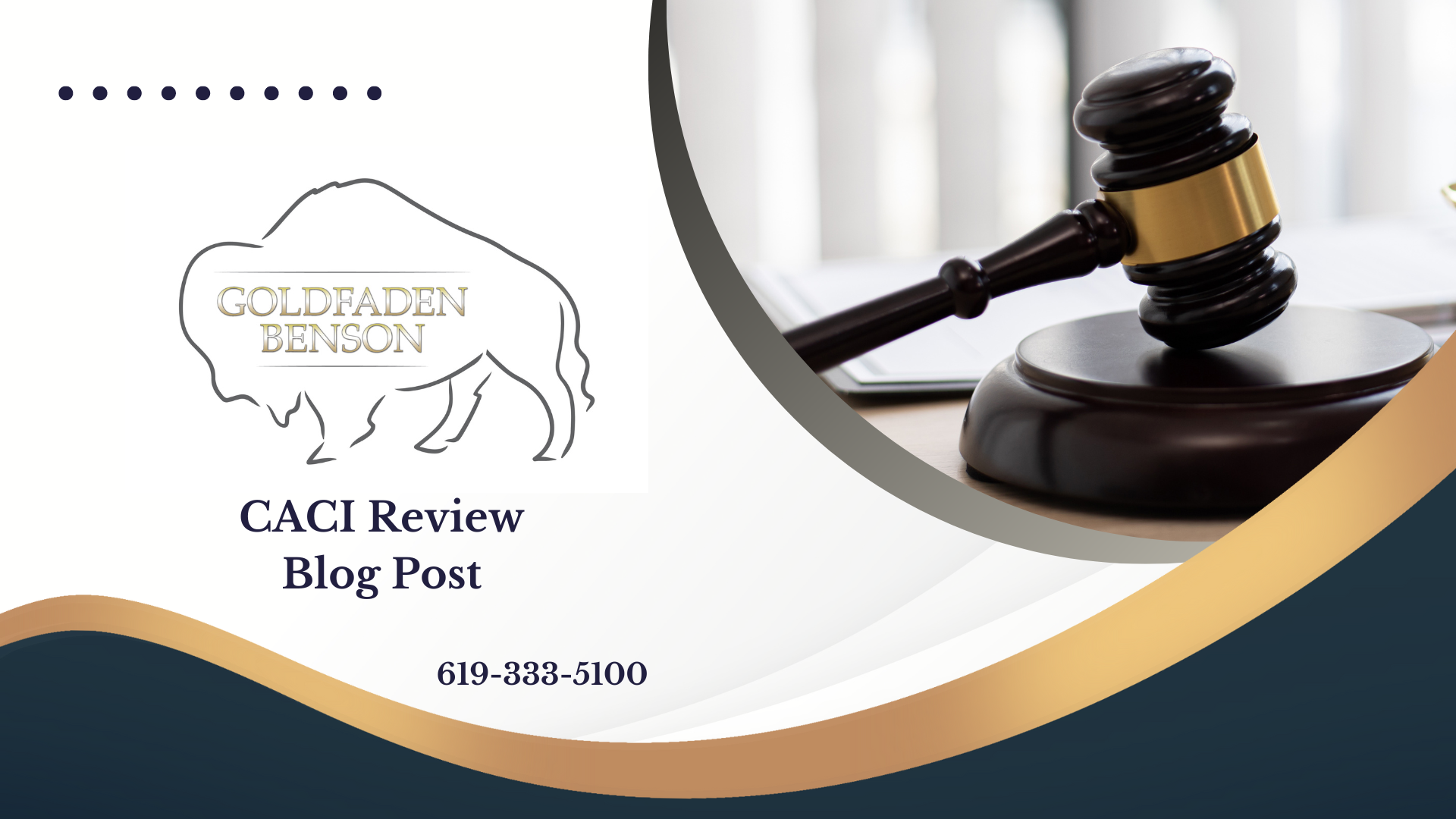Understanding Negligence in Personal Injury Law
When you talk about personal injury law, you will often hear the term "negligence." But what does it really mean? In the simplest terms, negligence refers to the failure to exercise reasonable care and can lead to injuries or damages to others. This concept is not just legal jargon; it applies to everyday situations, like when a driver is distracted and causes a car accident.
What is Required to Prove Negligence?
In California, if you claim that someone’s negligence harmed you, there are three essential elements you must demonstrate. These are:
1. The defendant was negligent.
2. You were harmed.
3. The defendant's negligence was a substantial factor in causing your harm.
Let’s break these down into more relatable terms.
Proof of Negligence
First, you need to establish that the defendant was negligent. This means showing that they failed to act with the level of care that a reasonable person would, given similar circumstances. If a driver was speeding or texting while driving, they may be found negligent.
Next, you have to show that you were indeed harmed. Harm can take many forms—physical injuries, emotional distress, or even financial loss. For example, if you were injured in a car accident and required medical treatment, you have experienced harm.
Finally, you must demonstrate that the defendant's negligence had a substantial role in causing your harm. This means you need to connect the dots explicitly between the negligent action and the resulting injury. Did the speeding driver hit you directly, causing injury? In this case, there’s a clear connection.
Real-Life Example
Consider a scenario of a slip and fall accident in a grocery store. If a customer slips on a wet floor without warning signs and suffers injuries, they would need to prove:
- The store had a responsibility to keep the premises safe, which they failed to do (negligence).
- The customer fell and injured themselves (harm).
- The store's negligence (the wet floor) directly caused the fall and subsequent injuries.
Why is this Important?
Understanding these elements is crucial, especially if you find yourself in a situation requiring legal action. If you plan to pursue a claim, grasping the framework of negligence can empower you during discussions and negotiations with insurers or, if necessary, during litigation.
Get Assistance From Experienced Legal Professionals
Navigating personal injury claims can be complex and daunting. If you or someone you know has been injured due to someone else's negligence, it is crucial to consult with a legal professional. At Goldfaden Benson, we specialize in personal injury law and can help you understand your rights and options. Contact us to learn more and discuss your situation today.
Have you or a loved one dealt with a challenging personal injury situation? How did you handle it? Exploring testimony from your situation could help others in similar circumstances.








